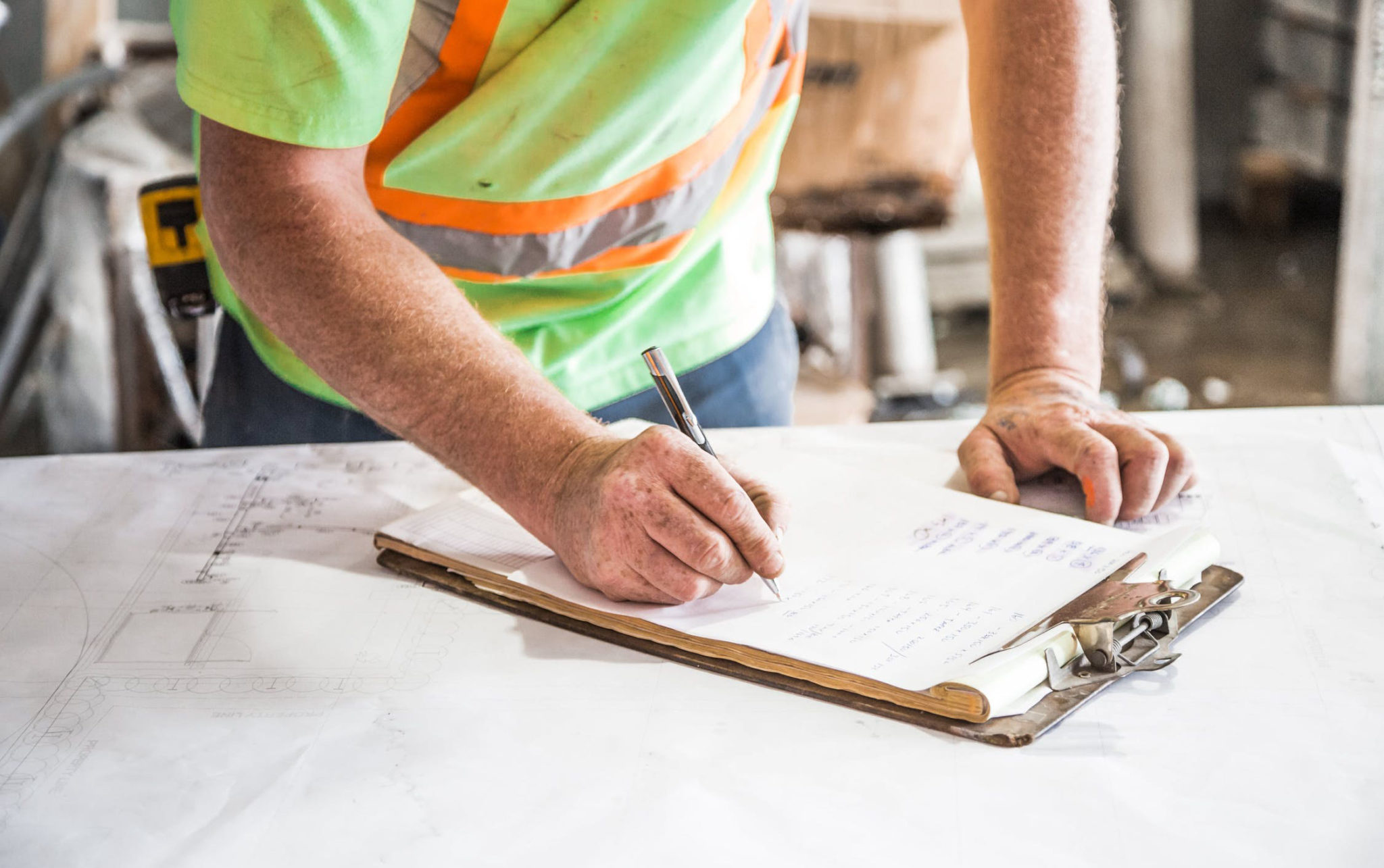Construction never stopped in some cities and states during the height of the COVID-19 outbreak — and some airport and public works projects, in fact, gained some efficiencies because of fewer travelers and passers-by on the periphery of job sites.
Where work continued, contractors adjusted on the fly to help reduce coronavirus health risks to their crews. Now, as more construction projects are permitted to resume, contractors can incorporate lessons learned so far and factor in new variables to help manage risks and rebuild momentum in a world transformed by COVID-19.
Contractors deal with unexpected challenges frequently, often weather-related. That experience will serve the industry well as it adjusts to new safety requirements along with complexities of returning to sites where work perhaps started but then was halted.
Costs may increase, and schedules may stretch to compensate for additional steps that must be taken each day before hammer meets nail. Simply doing what’s compulsory shouldn’t be the focus.
See also: How Risk Managers Must Adapt to COVID
Contractors should develop and refine a comprehensive COVID-19 exposure control plan, which may include:
- Appointing a COVID-19 officer at every job site, even if it’s not mandatory.
- Integrating COVID protocols into a virtual or online training program for workers.
- Adjusting management procedures to avoid communication gaps, given that project managers and other personnel may continue to work remotely.
Two key issues: Temperature screening and face coverings
You will need a high level of detail in COVID-related operating procedures. Take temperature screening at job site gates:
- How will you take temperatures so as to avoid breaching the six feet of social distance?
- Will workers be trained to take temperatures using no-contact thermometers, or will a third-party medical service or portable testing centers be brought in?
- What temperature threshold will send a worker away?
- What documentation, if any, will be kept of workers’ test results, and how will confidentiality be preserved?
- Do workers need to arrive earlier than in the past, and does that have ramifications for overtime?
There are lots of decisions — and that’s just for temperature screening.
The protocols for face coverings require similarly detailed decision making as well as awareness of state and local mandates. Are face coverings required at all times, or only when it’s not possible to keep six feet of social distance? Are cloth face coverings sufficient, or are respirators approved by the National Institute for Occupational Safety and Health (NIOSH) mandated in certain circumstances?
Note that these new protocols may lead to new risks, such as fogging of eye protection and creation of blind spots. Consider applying anti-fog solution to the lenses, or use helmets with face shields, if appropriate.
This planning may seem daunting, but establishing protocols and communications materials now will make it much less onerous to enforce going forward.
Review financial and supply chain status
Contractors who complete a post-shutdown risk register or hazard analysis should expand their focus beyond health issues. It’s wise to ensure financing, permits and insurance policies have not expired. Consider requalifying subcontractors to check financial status. If there are red flags, consider using joint checks to ensure that lower-tier subcontractors and suppliers receive payment. And is your own cash flow sufficient to make payroll, or have you made other arrangements?
Note that some supply chain and labor issues resulting from the shutdown have not yet been resolved. Make sure you have the materials and crew you need to keep the sequence of work on target.
New reasons to adopt emerging technology
In the hierarchy of technology adoption, many contractors are starting by converting to virtual training and orientation to enable social distancing. Make sure you adequately test your technology and distribute clear instructions to help your workers adjust to using it.
Next, consider the use of technology such as wearables that allow contact tracing, which could help ensure that workers are complying with social distancing guidelines. Wearables for construction are being modified so that, for example, a worker could receive an alert when less than six feet from another worker. Some systems also allow you to identify what workers may have come in contact with an infected worker, should someone later test positive.
There also are opportunities to increase your use of offsite and onsite prefabrication, in part to reduce the number of people on a site at one time and possibly to contribute to efficiency.
Finally, this may be a great time to experiment with emerging technology, such as using robots to do floor layout, which has the potential to improve accuracy as well as reduce the number of people on a job site at one time.
There are some silver linings
No one would have invited coronavirus into the world, but new protocols to reduce health hazards may produce additional benefits.
Limiting the use of elevators to materials and creating one-way pathways for personnel may not only assist in social distancing but also contribute to increased productivity.
See also: 4 Post-COVID-19 Trends for Insurers
These steps could become a best practice worth keeping, along with many other new procedures.
It’s too soon to gauge the net impact of the coronavirus pandemic. But in terms of the business outlook, potential positive developments could include:
- Construction opportunities increasing in sectors such as healthcare, infrastructure, warehousing (which was already going strong) and manufacturing.
- Growth in modular, off-site construction, in part because it can help reduce the number of people on a job site at one time.
- More U.S. manufacturing of construction materials, in response to coronavirus-related supply chain delays associated with offshore providers.
- Regional population shifts in response to the hardships endured during the pandemic. These may result in increased residential construction in areas of growth, followed by additional commercial and infrastructure development.
In the near term, some projects will be under pressure to accelerate to get back on schedule. But COVID-related mandates may force a slowing of the process, which could enhance overall site safety and quality of work.
Vigilance, as always, is key — and not just about coronavirus. We need to remain attentive to typical construction-related injuries and issues such as heat-related illnesses. Caring for people will help us take care of business now and during the months of recovery ahead.
Visit Zurich’s COVID-19 Resource Hub for more information.







